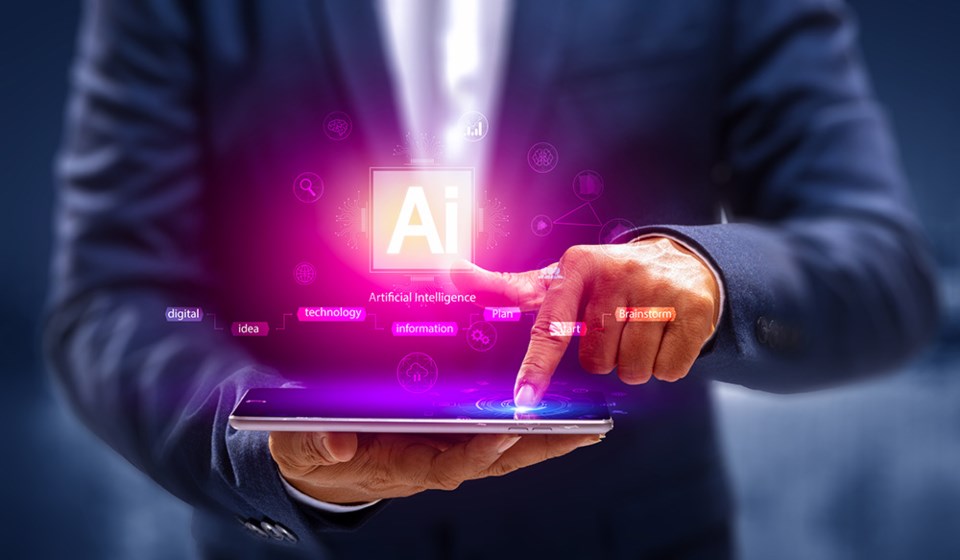Fear, paranoia, a justifiable trepidation and a crushing amount of negativity. Only a few years ago, that would describe my reaction to accepting an invitation to attend a social function with expectations of small talk.
Thankfully for me, this time I’m referring to the impact artificial intelligence (AI) is having on a segment of our society and popular media.
AI has shown up and crashed the party of digital life and beyond. Everything around us seemed to be already on shaky ground with the authenticity of reality being a debatable topic far too often.
How might AI adversely, or even beneficially, interface with the flesh, blood and bone side of the world?
There is value in an instinctual reaction of fear. Fear is probably the main reason we are still here, as a species. Our prehistoric genetic lineage reacted to unknown toothy growls from the dark night with fear and heightened caution. We are still here walking upright as a result.
Are we collectively protecting ourselves from an insidious outside force which we think will be damaging in a deep, profound way? Worryingly, this time the growls are coming from a dark area inside the cave.
We created the menace of AI starting with the technological revolution in and around the 1960s. At the time, the United States put humans on the moon a few times with less computer power than the thin minimalistic laptop on my desk.
Life is moving fast and growing exponentially. That is scary and a natural reaction is fear.
Fear, as I have found out in recovery from addiction, can be extremely helpful or harmful.
We are in a difficult place by any measure. In 1816, amid the highest point of the Industrial Revolution, when humans were worried about losing jobs to machinery like steam engines and life was moving exponentially quick, Mary Shelley wrote the classic book Frankenstein. The gothic novel is roughly about a scientist using all the newest technology, creating something which turns around and betrays its creator. Sound familiar?
From different parts of our medical health framework, there are signs AI has potential to lessen human pain and suffering on a large scale.
A radiologist makes images with radiation then studies the X-rays, ultrasounds, CT and MRI scans, looking for small anomalies that might help detect breast or brain cancer early, for example. Millions of images can be scanned in seconds and many lives will be saved.
A radiologist who uses AI will replace the radiologist who won’t summarize the inevitable change on the horizon.
In a far more experimental phase, AI integration has potential in the life-or-death immediacy of neurosurgery. A neurosurgeon determining the genetic composition of malignant tumours while operating in real time would be a tool recently thought of as pure science fiction.
Now, we are on the edge of reality being much more interesting than fiction through medicine and beyond.
The potential for AI to be misused by humans with nefarious intentions is a legitimate problem. Informed by our biggest mistake in the past, we must make decisions now which will take us, as a species, to a better future.
The splitting of the atom could have led toward a post coal-and-oil-burning-era of clean infinite energy. Instead, we find humanity in another chapter of nuclear apocalyptic anxiety.
The artificial intelligence genie is out of the bottle. Where it leads us is our decision.
Robert Skender is a qathet region freelance writer and health commentator.



